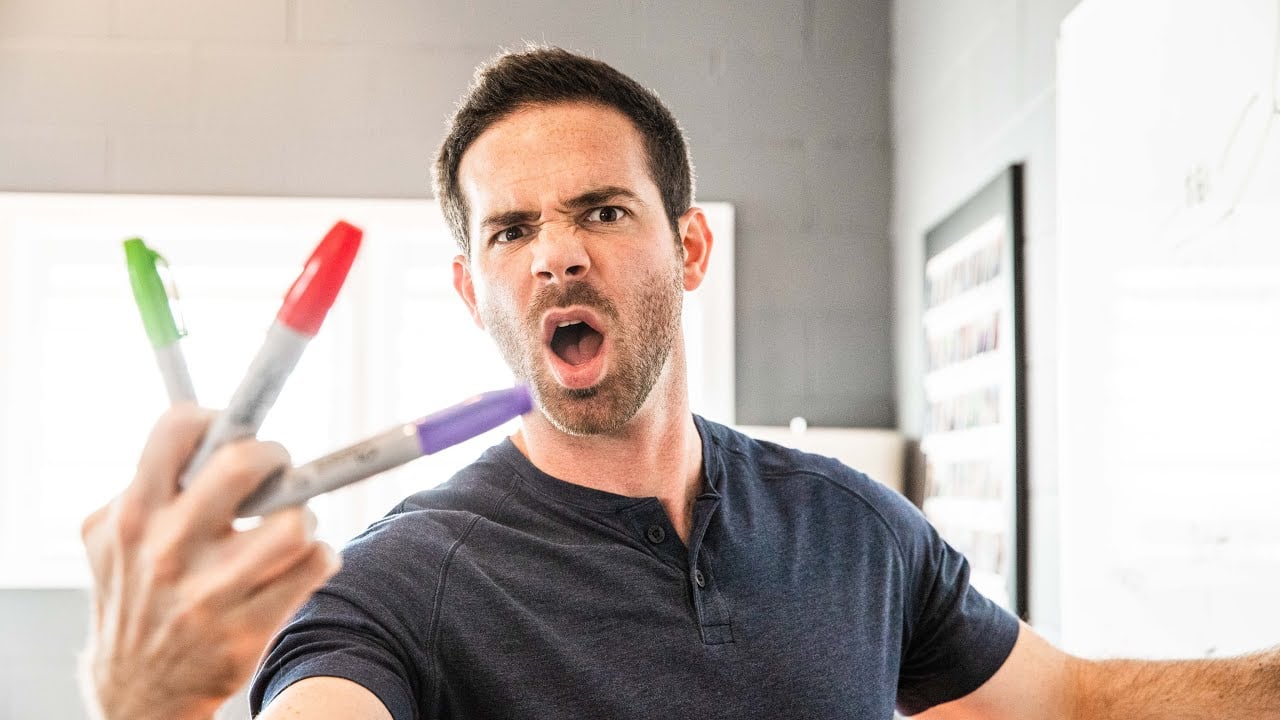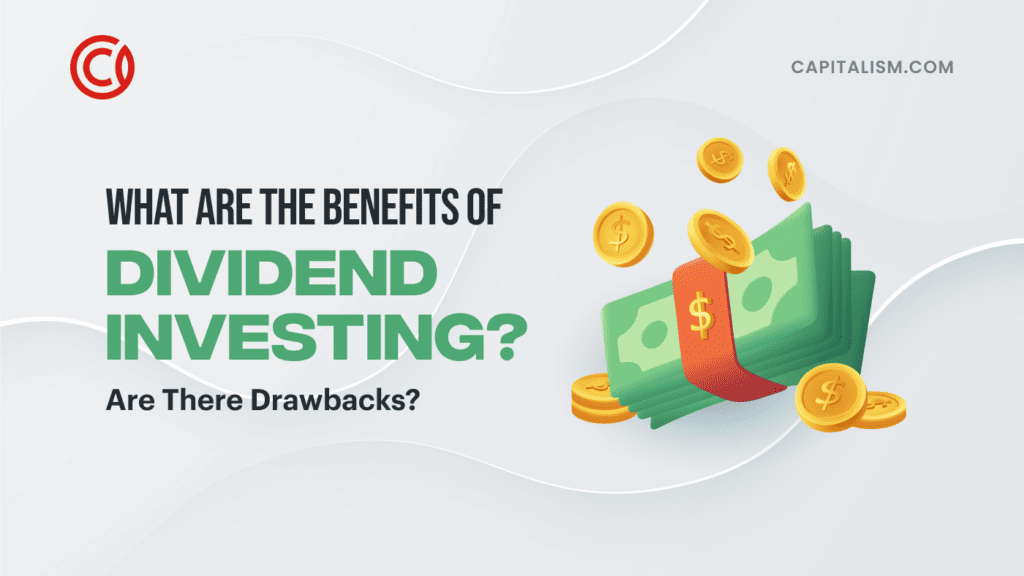In the second of this two-part series, we’ll look at put options for both speculation and hedging your portfolio. First, we’ll contrast shorting stock with buying put options. Then we’ll look at protecting your portfolio without having to sell your stock.
In our first piece on call options, we explored the idea of buying upside on MSFT stock. This bullish view can be expressed by either purchasing the shares or buying call options on MSFT stock.
In this piece, we will see how to make a bearish play on the same stock, using both shorting stock and buying put options as examples. After that, we’ll show you how to protect your long stock position by buying puts against it.
If you haven’t read our first piece on calls, you may want to start there.
To remind you, even if you’re just buying puts, you can lose 100% of your premium. But that amount may still be smaller than the amount you’d lose on the equivalent stock trade. Also, remember that this article is for entertainment purposes only. You should always check with your financial advisor rather than relying on anything you learn here.
What is a put option? Here’s an example.
| Call option | The right to buy the underlying stock at a specified price at or before expiry. |
| Put option | The right to sell the underlying stock at a specified price at or before expiry. |
| Premium | The price you pay for the option and the maximum loss you can incur when you buy options. |
| Strike or exercise price | The price at which you can buy (calls) or sell (puts) the underlying stock at or before expiry. |
| Expiry or expiration | The date when the option is no longer valid. Therefore, all else being equal, an option is a decaying product. |
| American | A type of expiry where you can exercise your option anytime up to and including the expiry date. |
| European | A type of expiry where you can exercise your option only on the expiry date. |
How much can you lose on a put option?
And let’s define some parameters for long put options:
| Maximum gain | Strike price minus Premium (although not unlimited like a long call, it can be a substantial amount indeed!) |
| Maximum loss | Premium |
| Breakeven point | Strike price minus Premium |
| Outlook | Bearish (you think the stock is going down) |
Let’s use the exact stock we used for the calls piece: MSFT.
But this time, imagine you think MSFT will not break up out of the range, but will break down instead.
There are two ways you can express your view.
You can sell short, say, 100 shares of MSFT. (For illustration purposes, let’s say the stock price is $215.)
Or you can buy 1 MSFT put option. Let’s choose the Dec expiry, so you’re not paying too much for time value. The more time to expiry, the more expensive the option is.
Let’s also choose the $205 strike puts, as that’s only slightly out-of-the-money, offering more upside if you’re correct.
We look up the price of the MSFT Dec 205 puts, and they sell for $3.35. That’s $3.35 per share, and one option is worth 100 shares. So for one put option, you’d spend $335.00.
In some countries, options are worth 1,000 shares. So please, please check before you trade.
Let’s compare the P&L of the two choices.
Let’s start with the breakeven points. With the stock position, that’s easy. It’s the short-selling price. If MSFT goes down from $215, we make a profit. If it goes down, we make a loss.
But for the put option, it’s different.
First, we paid $3.35 per share for the right to sell 100 shares at $205. So our breakeven price per share is $201.65. Below there, we’re in profit.
But notice that we can’t lose any more than $3.35, our premium. This dramatically reduces our risk. And it’s also why buying put options is also known as “buying downside.”
Can you lose all your money in options?
We can do a quick scenario analysis to see what happens if you’re wrong. Let’s say MSFT spikes to $236.50 per share.
If you chose to short 100 MSFT shares and lost $21.50 per share, your return would be -10.00%. That’s not great. If you keep the position open, it may move further against you. Not only that, but you owe the dividend to the true owner of the shares and are paying a borrowing fee for the short position. It’s a dangerous trade.
But if you had chosen options, you’d lose 100% of your premium!
However, the premium loss ($335) is less than your stock loss ($2,150) on an absolute level.
How do you make money on a put option?
Now, what if you were correct in your view and MSFT tanked?
Let’s say MSFT dumped from $215 to $180. After all, bad news like covid can crater a stock 16%.
If you shorted the stock, you’d make that tidy 16.3% return. Put in more straightforward terms, you would’ve risked $21,500 (plus fees) for a $3,500 gain.
Alternatively, if you bought the call option, you’d have risked $335 for a $2,500 gain. That’s a 646.3% return!
Can options trading make you rich?
Are these seemingly exorbitant returns real? Yes, because the starting point is so low.
Do you usually see an 8-to-1 risk/reward trade pay off? Not all the time, that’s for sure.
It’s important to note that while it isn’t crazy to have some huge returns, it’s challenging to do consistently. And you can’t just watch these trades, hoping they turn around. Since options expire, all else being equal, they will approach zero value toward the end.
Like all trading positions, it’s good to put stop levels in. Some excellent option commentators recommend a 50% stop on each trade.
How do put options work?
What if you owned a stock you really loved, but you knew it was going to go through a bad time? And you didn’t want to sell it?
Then you can hedge your long stock position by buying a put against it.
Let’s stick with MSFT. You love the stock. You love its dividends. But you know it’s going to get hit with bad sales numbers. You don’t want to sell the shares, but you don’t want the capital losses, either. Here’s what you can do: a protective put.
In this case, you’re still long the stock at $215, but you buy the Dec 205 puts at $3.35 to protect the stock. Now, if the stock heads below $205, you’re protected. You’ll still receive your dividends without suffering the capital loss. Of course, you need to spend the $335 premium to make this happen. And notice the purple line, the protective put, looks just like a long call payoff. You’ve created a synthetic long call out of a long stock position and a long put position.
The important lesson here is that if you spend the cash on protecting your downside, you don’t have to sacrifice your upside.
Are puts riskier than calls?
No. Buying puts and buying calls entail the same risk: loss of premium. Although we haven’t talked about selling them, but are dangerous trades.
Want to learn more?
As entrepreneurs, we’ve got a bit more risk tolerance baked into our DNA than our less entrepreneurial counterparts. But the wise way to approach investing is to take a long view and to prioritize generating cash flow from our investments. Your investment strategy doesn't need to be exciting. In fact, sometimes the most boring strategies have the most exciting returns.
If you haven't seen it yet, check out the Investing For Entrepreneurs class we recently made available. There couldn't be a more important skill set for you to learn. It will set your mind free, allow you to take control of this part of your finances, and help you put your focus on your business. When you build a seven-figure business that you can sell, you set yourself up for a fantastic payday. Having an exit like that represents your best opportunity to create massive wealth.
About the Author
Sean Ring, CAIA, CMT, FRM contributed this article. Sean is the CEO of Finlingo.com, a fintech company that creates limitless practice questions for financial examinations. He has over 25 years of banking and training experience. In 2020 alone, he’s trained the new hires of the Abu Dhabi Investment Authority, Bank of America, Goldman Sachs, DBS, and Standard Chartered.










